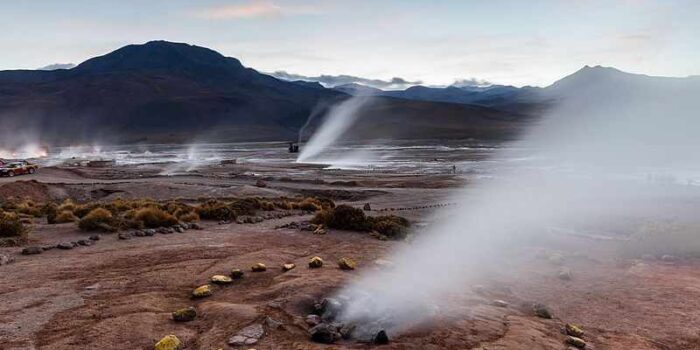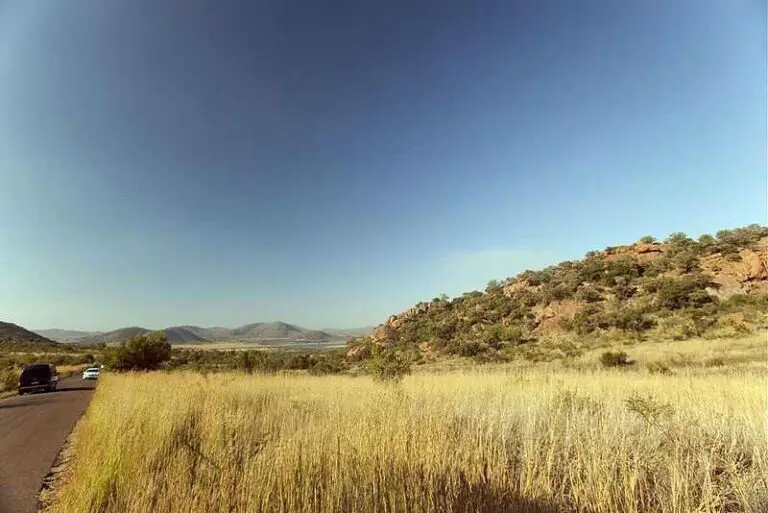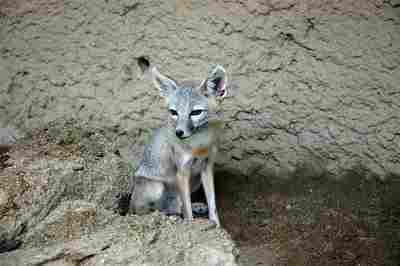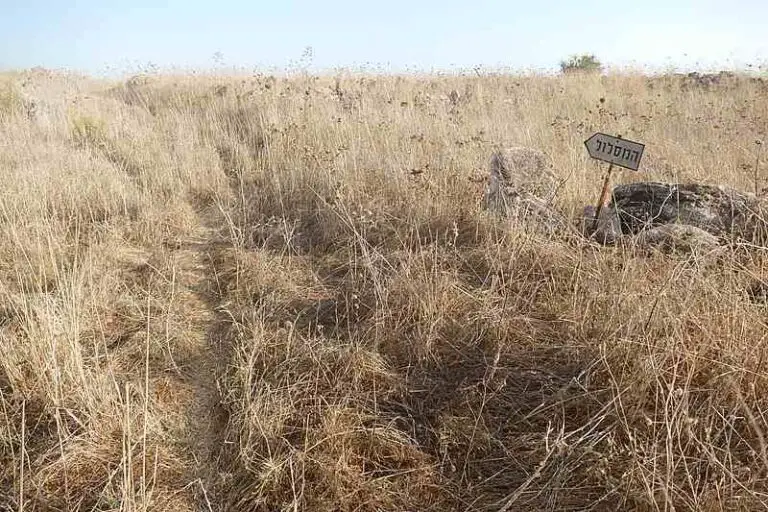5 Geothermal Activities and Processes Explained
Geothermal activities are; fluid eruption, surface heating, volcanism, hydrothermal migration, and magma formation.
This article discusses geothermal activities, as follows;
Overview of Geothermal Activity Concept
Geothermal activity refers to any process that is driven or facilitated mostly by geothermal energy from the Earth's core.
An example of geothermal activity is subsurface rock melting and magma formation. This process occurs mostly as a result of the impact of geothermal heat on rocks in the subsurface.
The two kinds of geothermal activity are; surface geothermal activity and subsurface geothermal activity; where surface activities include hydrothermal migration, fluid eruption, surface heating, and volcanism; and subsurface activities include magma formation.
These kinds of geothermal activity are differentiated from each other based on the environmental conditions of their occurrence.
It is important to note 'geothermal activity' does not generally refer to human activities that use geothermal energy, but rather to processes with minimal human influence, which occur mostly due to the physicochemical influence of geothermal heat on fluids and solids.
Activities that use geothermal energy are; electricity generation, industrial heating, and domestic water/space heating.
-Geothermal Activities and Processes
Geothermal activities include; Hydrothermal migration, fluid eruption, surface heating, volcanism and magma formation. These may be broadly categorized into surface and subsurface activities.
Each of the activities is discussed briefly below;
1). Fluid Eruption (as one of the examples of Geothermal Activities)
Fluid eruption is the general term for a broad range of surface geothermal activities that involve the escape of significant amount of fluids from the subsurface.
A geothermal fluid is a mixture of liquid and gaseous materials that are heavily influenced by geothermal energy, which induced phase changes and mobility patterns in the fluid mixture.
The composition of geothermal fluids includes water and dissolved constituents like volatile magmatic materials, dissolved evaporitic rock salts, and toxic heavy metals like mercury and arsenic [8].
Fluid eruption occurs mainly due to shallow subsurface geothermal processes that occur when heat from the Earth's core ascends to shallow zones as a result of thermal energy transfer mechanisms like conduction and convection.
Nuclear reactions and radioactive decay in the core, cause magma formation, while pressure differentials cause magma to ascend to shallow subsurface depth, where it can interact directly with groundwater and other fluids [1].
When groundwater and other shallow-seated fluids come in contact with enormous amounts of geothermal heat, they increase in temperature and pressure, and are displaced as thy move toward zones of lower pressure [9].
The presence of faults in rocks underground also helps to facilitate geothermal fluid eruption, as these faults act as a defined path to the surface.

2). Surface Heating
In the context of geothermal activities, surface heating is any process whereby bodies on the Earth's surface gain significant increase in temperature as a result of radioactive decay and geothermal heating in the subsurface.
Geothermal heat gets up to the subsurface through conveyance by solid and fluid materials, in the form of convection and conduction.
An example of the evidence of geothermal surface heating is the phenomenon of mud pools or mud pots; which are small bodies of hydrothermal fluid that is directly heated by geothermal energy from fluids and rocks in the subsurface [4].
It must be understood that geothermal activities like surface heating are closely related to, and dependent on others like magma formation and fluid eruption.
In instances like the mud pool, fluid eruption and surface heating are simultaneous, so that the result in a feature that comprises of both meteoric water from precipitation and hydrothermal fluid from the subsurface.
3). Volcanism (as one of the examples of Geothermal Activities)
Geothermal energy is related to volcanoes because rock melting, and pressure-induced magmatic eruption are both caused by geothermal heat.
Volcanism is a term for describing the phenomenon whereby magma rises and escapes to the surface of the Earth through vents existing or created by pressure, in the Earth's crust.
It is one of the most common geothermal activities on Earth, and is closely linked to others like magma formation and hydrothermal migration.
Magma is able to reach the surface and form volcanoes because it can contain enormous amounts of geothermal energy. Studies have shown that the geothermal heat of magma can reach up to 8 × 10^14 kcal/km3 [5].
While volcanism is a prominent geothermal activity, there is no reliable evidence to prove that geothermal operations like drilling can cause a volcanic eruption [6]. Such operations only cause slight modifications to the trend of geothermal activity in an area, by creating artificial vents for subsurface pressure, heat and fluid.

4). Hydrothermal Migration
The word hydrothermal in geothermal systems is used to describe all processes involving heat transfer between water and geothermal energy sources like hot dry rock or magma.
Geothermal activities that lead to the development and modification of hydrothermal resources include dissolution, conduction, convection and precipitation.
Hydrothermal migration itself is the movement or displacement of hydrothermal resources. It is driven by geothermal heat and fluid pressure, and is facilitates by the presence of vents or lines of weakness in the crust.
These lines of weakness often occur as, or develop into; faults along which hydrothermal fluids can migrate, either to shallower zones in the subsurface, or directly to the surface [7] [2].
Hydrothermal migration is important due to various factors, such as its close link to other geothermal activities. It can also play a role in seismic hazards like subsidence and earthquakes [3].
5). Magma Formation (as one of the examples of Geothermal Activities)
The process of magma formation is the sum total of all steps and events that lead to the melting of earth material in the subsurface.
Factors that contribute to magma formation are; mineral composition, rock depth, tectonic activity, temperature, pressure, and the geothermal gradient.
The role of magma in geothermal energy dynamics is a secondary one; where geothermal heat from the Earth's core is absorbed, stored and conveyed in magma, to shallower regions of the subsurface.
As a geothermal activity, magma formation is very important, because it is the precursor to volcanism, hydrothermal migration and surface heating. It also leads to the creation and destruction of rocks, and plays a role in the shaping and modification of the Earth's crust.
Conclusion
Geothermal activities are;
1. Fluid Eruption
2. Surface Heating
3. Volcanism
4. Hydrothermal Migration
5. Magma Formation
References
1). Calahorrano-Di Patre, A.; Williams-Jones, G.; Bttaglia, M.; Mothes, P. A.; Gaunt, E.; Zurek, J. M.; Ruiz, M.; Witter, J. (2019). "Hydrothermal fluid migration due to interaction with shallow magma: Insights from gravity changes before and after the 2015 eruption of Cotopaxi volcano, Ecuador." Journal of Volcanology and Geothermal Research 387:106667. Available at: https://doi.org/10.1016/j.jvolgeores.2019.106667. (Accessed 14 February 2023).
2). Craw, D.; Upton, P.; Horton, T. W.; Williams, J. (2012). "Migration of hydrothermal systems in an evolving collision orogen, New Zealand." Mineralium Deposita 48(2). Available at: https://doi.org/10.1007/s00126-012-0421-8. (Accessed 14 February 2023).
3). Geoffroy, L.; Dorbath, C.; Ágústsson, K.; Kristjansdottir, S.; Flóvenz, Ó, G.; Doubre, C.; Guddmundsson, O.; Barreyre, T.; Bazin, S.; Franco, A. (2022). "Hydrothermal fluid flow triggered by an earthquake in Iceland." Springer Nature, Communications Earth & Environment 3(1):54. Available at: https://doi.org/10.1038/s43247-022-00382-0. (Accessed 14 February 2023).
4). Heasler, H.; Jaworowski, C.; Foley, D. (2009). "Geothermal systems and monitoring hydrothermal features." Available at: https://pubs.geoscienceworld.org/gsa/books/book/799/chapter-abstract/3907173/Geothermal-systems-and-monitoring-hydrothermal?redirectedFrom=fulltext. (Accessed 14 February 2023).
5). Heffington, W. M.; Kline, J. M.; Rottman, J. W. (1977). "Volcanoes as a source of geothermal energy." Energy, Volume 2, Issue 4, December 1977, Pages 457-459. Available at: https://doi.org/10.1016/0360-5442(77)90008-1. (Accessed 14 February 2023).
6). Klemetti, E. (2009). "Could geothermal drilling cause an eruption?" Available at: https://www.wired.com/2009/04/could-geothermal-drilling-cause-an-eruption/. (Accessed 14 February 2009).
7). Liu, Y.; Jin, S. D.; Cao, Q. (2019). "Tertiary hydrothermal activity and its effect on reservoir properties in the Xihu Depression, East China Sea." Pet. Sci. 16, 14–31 (2019). Available at: https://doi.org/10.1007/s12182-018-0292-4. (Accessed 14 February 2023).
8). Morales-Simfors, N.; Bundschuh, J. (2022). "Arsenic-rich geothermal fluids as environmentally hazardous materials - A global assessment." Sci Total Environ. 2022 Apr 15;817:152669. Available at: https://doi.org/10.1016/j.scitotenv.2021.152669. (Accessed 14 February 2023).
9). Yu, M.; Wang, G.; Ma, F.; Zhang, W.; Lin, W.; Zhu, X.; Zhang, H. (2022). "Geochemical Characteristics of Geothermal Fluids of a Deep Ancient Buried Hill in the Xiong’an New Area of China." Available at: https://doi.org/10.3390/w14193182. (Accessed 14 February 2023).




